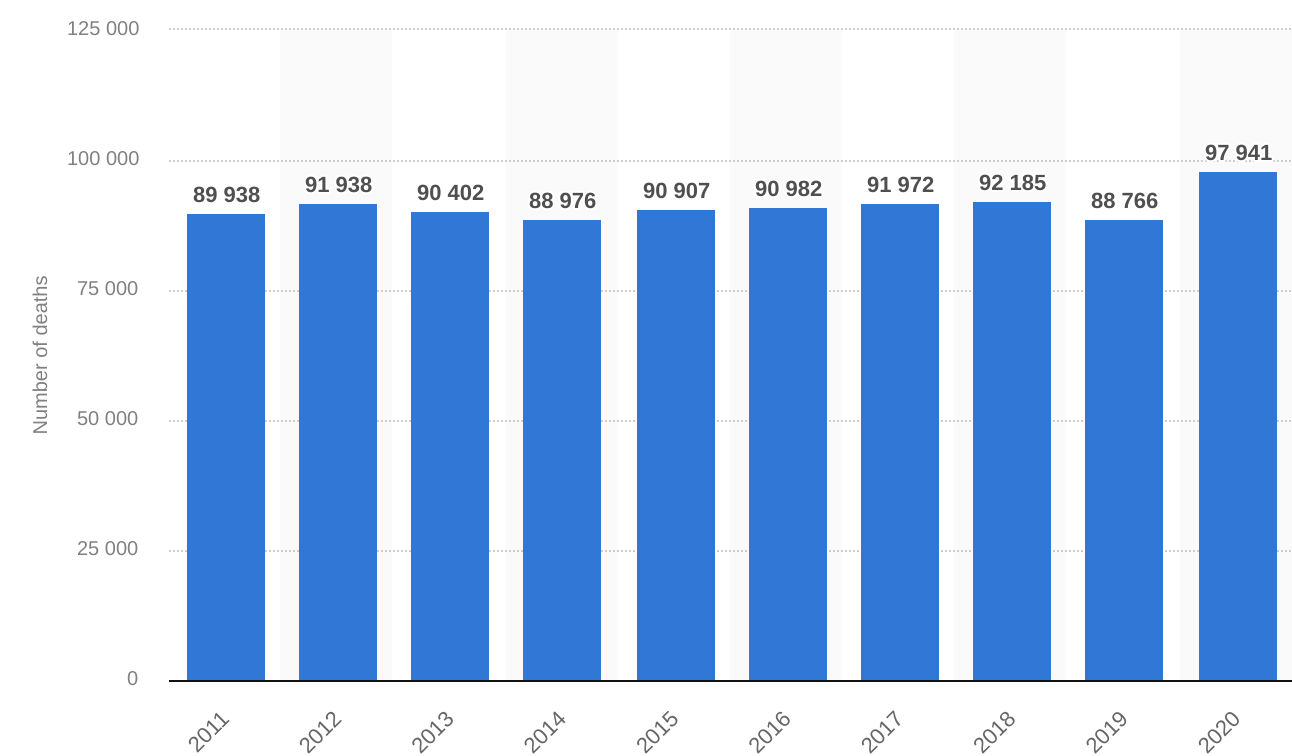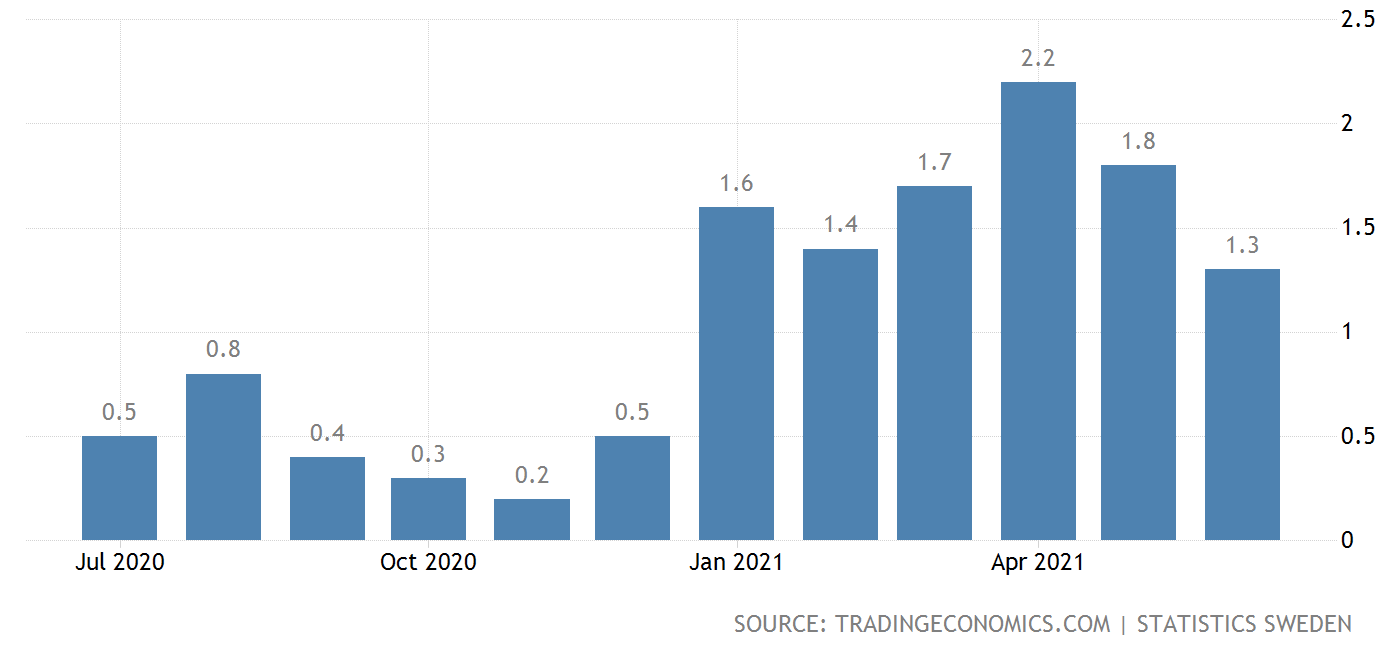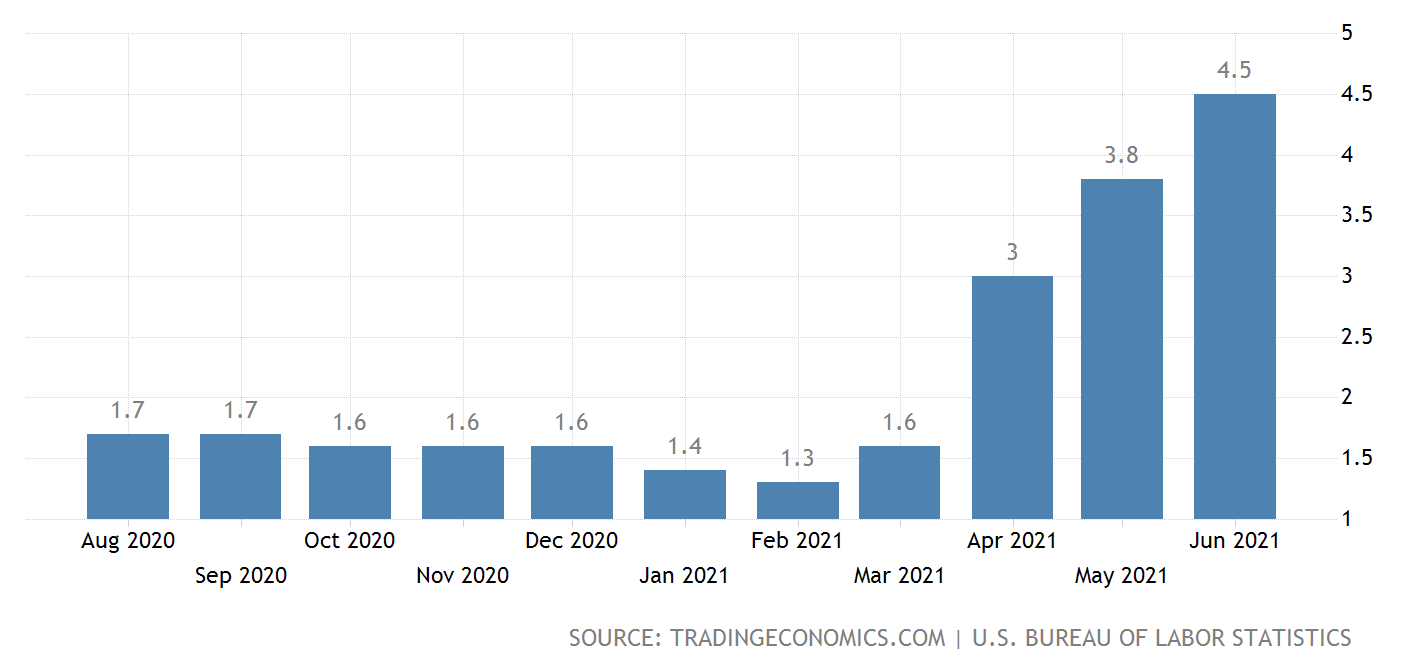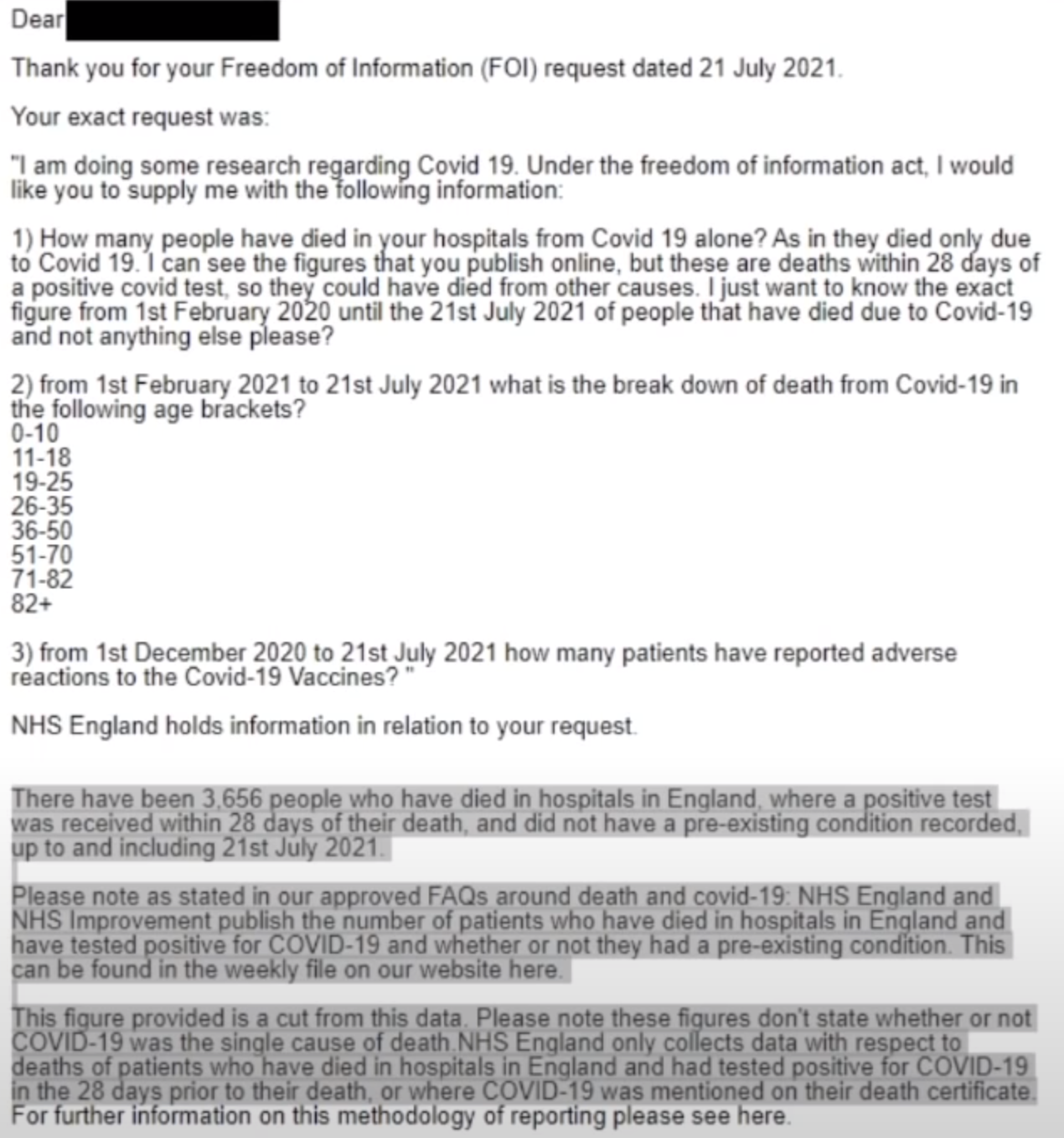Sweden: a case study in herd immunity
Posted by Luke on the
Filed under politics, economics
You may note that you have scarcely heard a peep about Sweden in the last 6-10 months. I would contend that the reason for this is the overwhelming success of their no-lockdown, no-mask-mandate policies. In 2020, you may have seen articles such as TIME Magazines The Swedish COVID-19 Response Is a Disaster. It Shouldn’t Be a Model for the Rest of the World. Nothing like a bit of fear porn to get the cortisol pumping and make the serfs beg for more government "protection".
In Figure 1 below, we can see Sweden's annual death count. The average deaths between 2011 and 2019 was 90,675 and the total deaths in 2020 was 97,941. This represents an 8.01% increase in total deaths, of which 9,771 (or 9.98% of total deaths). Assuming those who died from COVID-19 wouldn't have died from other causes* Sweden would have had 2.76% fewer deaths than the average. This could be explained by the voluntary behavioural changes that people make in the absence of government dictates. Sweden now
* which is an unlikely scenario given that COVID-19 rarely kills anyone in the absence of serious co-morbidities. In fact, the NHS reports that out of 130,624 deaths, only 3,656 deaths (2.80% of deaths) occurred where a pre-existing condition was not recorded (see appendix 1 for source).
Figure 1: Sweden death rate
Sweden now has a greater than 50% vaccination rate and they have experienced 28 deaths between July and mid-August.
As I mentioned in my post On mandatory COVID-19 vaccinations, the COVID-19 deaths are only one factor when it comes to measuring the impact of the pandemic (and the government response).
Sweden's inflation rate peaked in April 2021 at 2.2% YoY (Figure 2) at which point they reversed the trend and reported 1.3% YoY inflation in Jun 2021. By contrast, the United State's has "peaked" in Jun 2021 at a massive 4.5% YoY but we can't say this has peaked since they are still trending upwards. This can be partly explained by the US policy of closing businesses and paying workers to stay home with their enhanced unemployment benefits. I couldn't find any statistics on Sweden's business closures, but in the United States, Yelp data showed that 60% of business closures became permanent in 2020 and they closed out the year with 200,000 extra permanent business closures
Figure 2: Sweden inflation rate
Figure 3: United States inflation rate
Appendix 1: NHS Freedom of Information request regarding COVID deaths



